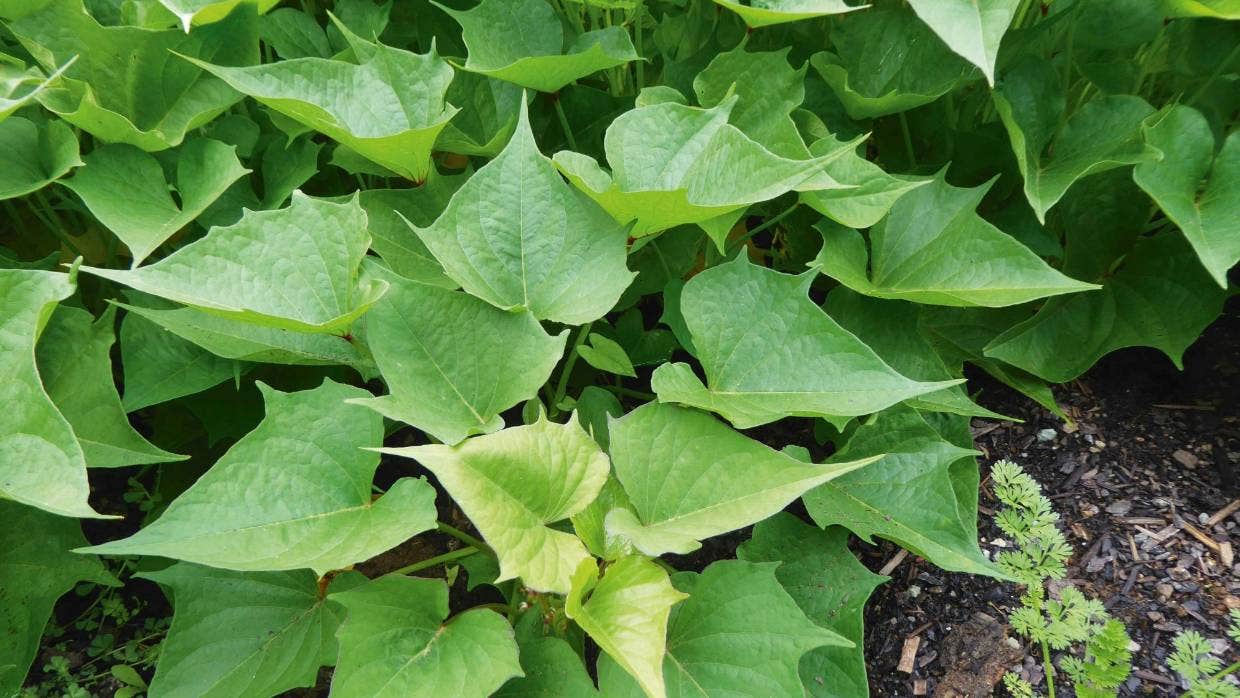
Kūmara – sweet potato
Whānau traditions – Harvest
A long history
At my whānau’s family home in Whakatane we had a tree on the property that was tapu, because of this we weren’t allowed to climb it or go under it. To be perfectly honest it spooked me right out!. Whakatane was the arrival destination of the Mātaatua waka and the kūmara. The tree, as told by my Koro marked the first garden/māra kūmara. My polynesian ancestors that introduced kūmara (sweet potato, Ipomoea batatas) to New Zealand in the 13th century would have wanted to find a spot that would grow kūmara quickly in order to save this incredibly important crop from being lost.

From several sources I have discovered that Māori sought and preferred kūmara sites to be north facing (sometimes east) in order to get full sun across the site and on a slight slope for drainage. Many of the old kūmara beds that have been found were amended with soil and gravel in order for the kūmara to grow thicker tubers. The beds were raised up in mounds with the soft sandy loam mix sitting on a hard base which encouraged the kūmara to grow fat and large. My māra is on a clay hard pan which is perfect for this purpose.
This link explains a brief history of Tiwakawaka the place to later be known as Whakatane by Ngāti Awa Iwi.
Creation genealogy
Some versions of the Māori creation story also include ‘genealogical’ charts, which list organic processes in terms of cause and effect. The following sequences, recorded by the Reverend Māori Marsden of Te Tai Tokerau, describe growth of various kinds. One tells of the germination of seeds and reference to kūmara
- Te Pū (shoot)
- Te Weu (taproot)
- Te More (laterals)
- Te Aka (rhizome)
- Te Rea (hair root)
https://teara.govt.nz/en/maori-creation-traditions/page-2
Varieties of kūmara
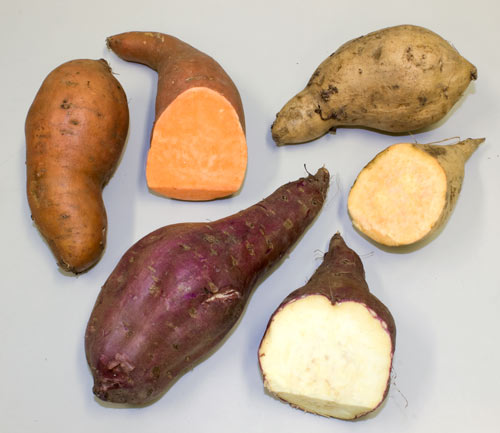
The most common variety of kūmara (sweet potato) grown in New Zealand is Owairaka Red, a local cultivar derived from an early European introduction, and first commercially grown in 1954. O Wairaka means of the place of Wairaka (Whakatane) Wairaka was the daughter of Toroa the Chief and navigator of the Mātaatua waka. The orange-skinned variety is Beauregard, a United States cultivar introduced in 1993. The cream-skinned variety is Toka Toka Gold, another New Zealand cultivar, first grown commercially in 1972. Prior to this Kūmara came in different varieties.
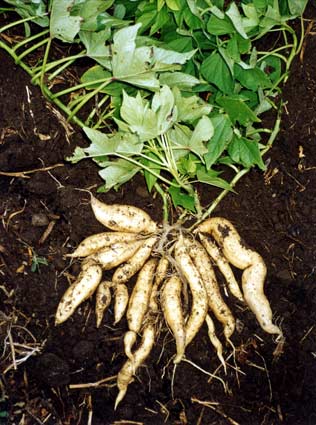
These kūmara, of the taputini variety, are believed to be one of four remaining pre-European varieties. The others are hutihuti, rekamaroa and houhere.
The basics of preparing and planting k?mara

Tips and tricks
This following video will take you through:
- Growing slips
- Planting
This video contains product placements. I’m not intentionally promoting them, the video is just well produced.
When to plant
October in Aotearoa but November is fine too.
When to harvest
Kūmara take 100–150 days to be ready for harvest. Harvest before the first frosts that usually occur in April- May, and before the tops die down. You will see them turning yellow. Cut off the tops and carefully lift the Kūmara with a fork. Split kūmara are more likely to spoil in storage.
How to cure
The objective is to dry and cure the skin ready for storage, with this in mind air circulation and sunshine are important factors. Curing helps bring out the sweetness of the kūmara. If the weather is sunny and dry you will probably be able to dry them by laying them out on the dirt in a single layer. You will need to cover them at night so that the dew doesn’t moisten them again. I have an old window frame that I place over top with a gap underneath to allow air in. A wire mesh table is useful for drying kūmara also as well as herbs and other crops.
How to store
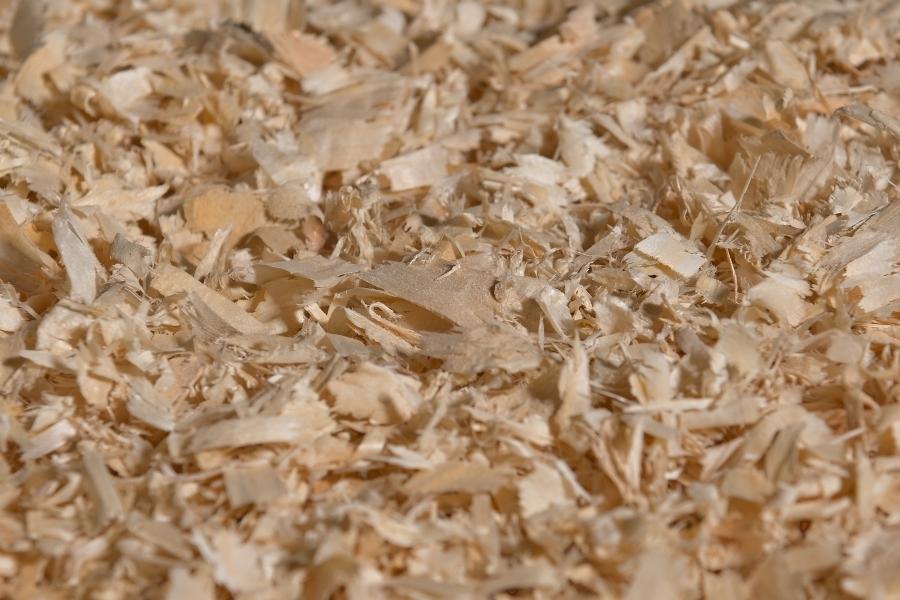
For long lasting storage a box filled with wood shavings is recommended, you can do this with potatoes and carrots as well. This will keep your harvest dry and in the dark. It prevents the tubers from laying on each other. In terms of temperature keep them constantly above 12°C, but most importantly dry.





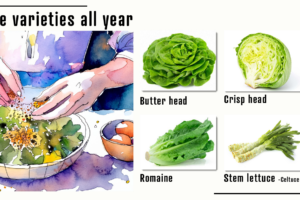
1 Comment
Superb layout and design, but most of all, concise and helpful information. Great job, site admin.